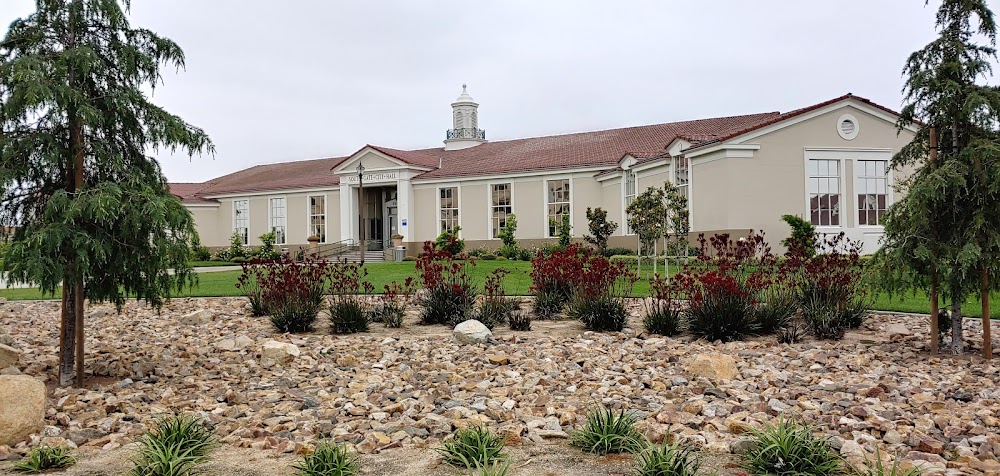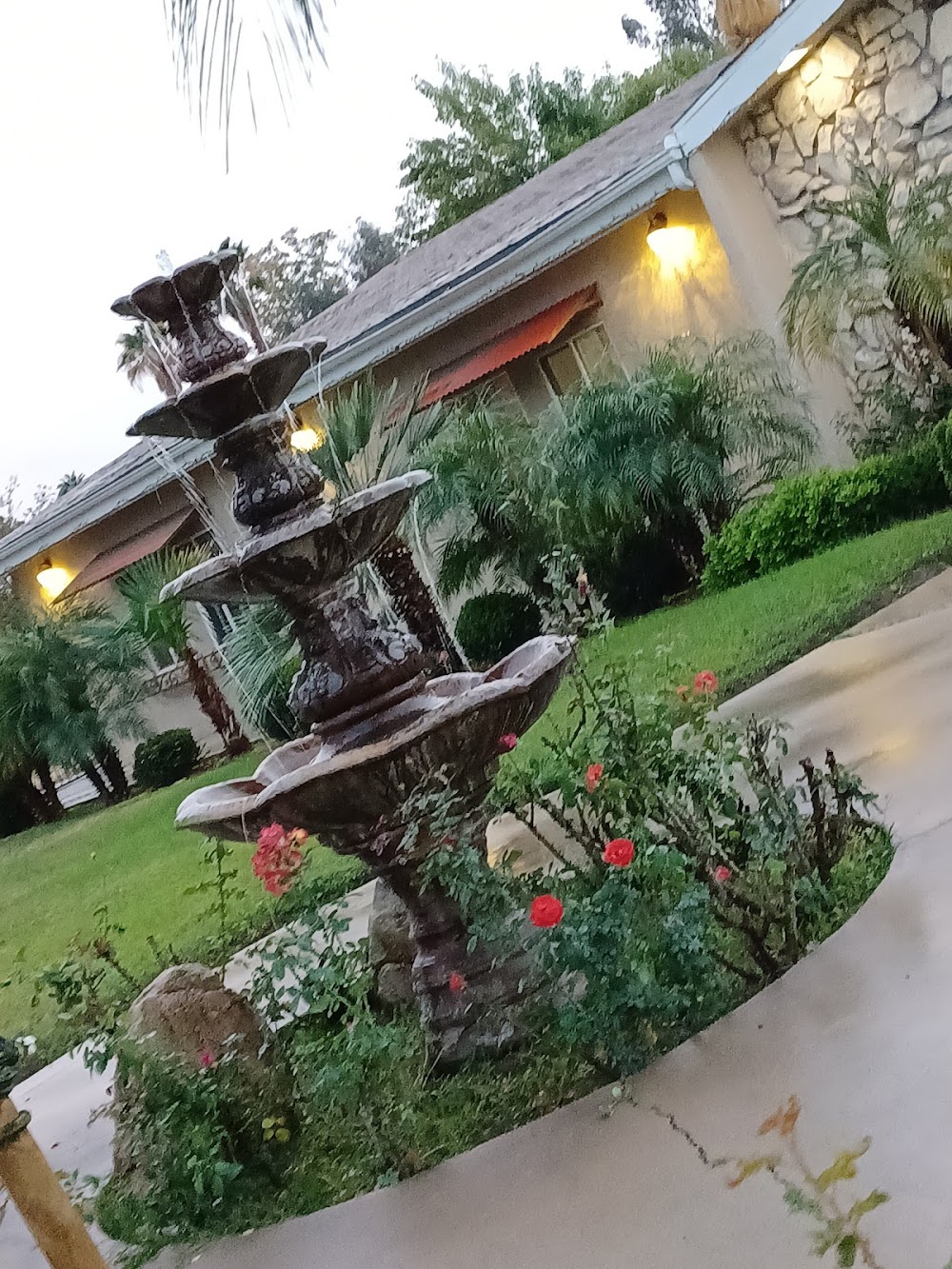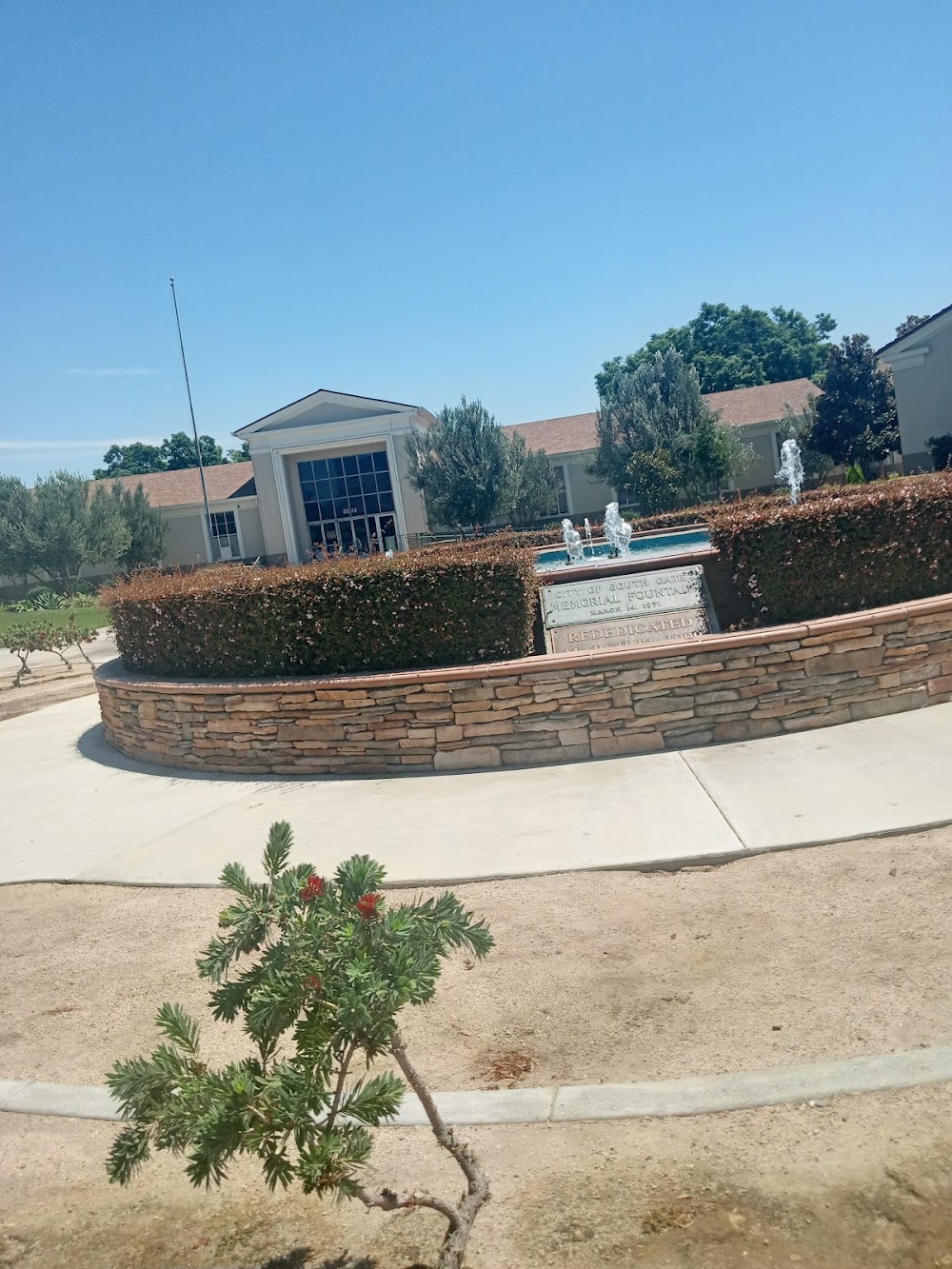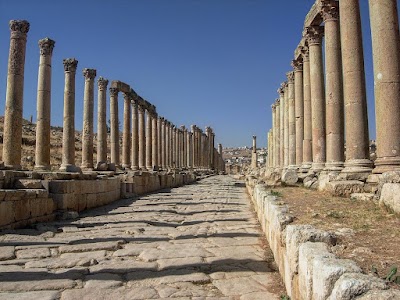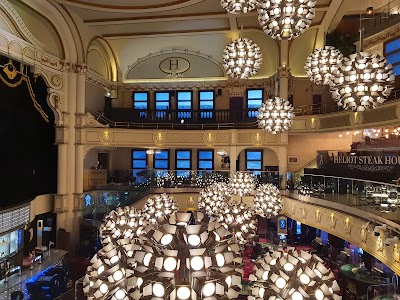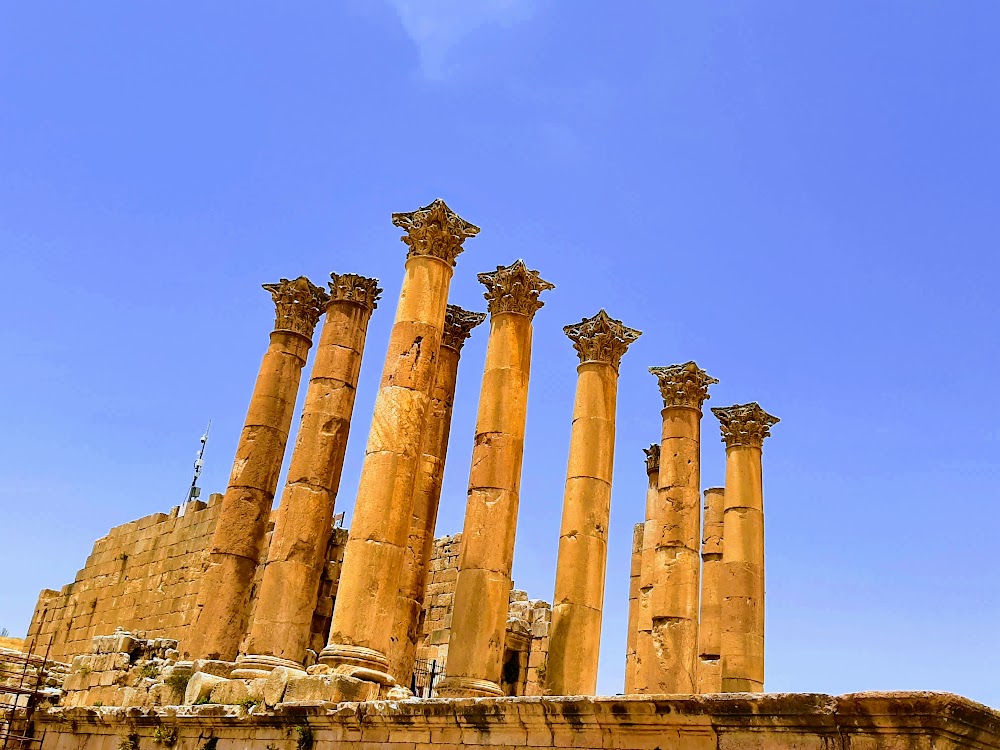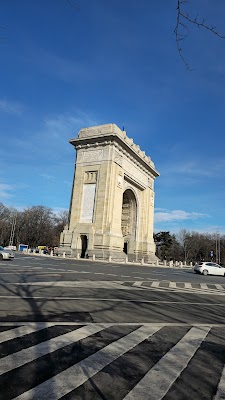South Gate (البوابة الجنوبية)
Overview
The South Gate in the ancient city of Jerash, Jordan, is an awe-inspiring testament to Roman architecture that has stood the test of time. Built around the 2nd century AD during the reign of Emperor Hadrian, this monumental gateway served as the primary entrance to the city. Jerash, known as Gerasa in antiquity, was part of the Decapolis—a group of ten cities on the eastern frontier of the Roman Empire celebrated for their urban sophistication and economic prosperity.
Standing majestically, the South Gate exemplifies characteristic Roman stone masonry. Constructed from large, finely cut limestone blocks, the gate showcases meticulous craftsmanship with stones fitted together without any mortar. This precision reflects the advanced engineering skills of Roman builders. The grand archway is framed by Corinthian columns and adorned with intricate carvings, offering a glimpse into the artistic sensibilities of the era.
The South Gate is more than just a functional structure; it is an architectural statement in its own right. The design features a central arch flanked by smaller passageways—this tripartite arrangement is typical of Roman gateways, serving both practical and ceremonial roles. Rising approximately 37 feet (11.3 meters) high, the central arch was designed to accommodate chariots and processions, while the side arches catered to pedestrians. Decorative niches likely held statues, enhancing the grandeur of this magnificent entrance.
Beyond its architectural beauty, the South Gate symbolizes the city's deep connection to Rome. It marks the beginning of the Cardo Maximus, the main north-south thoroughfare of Jerash, which was lined with colonnades, public buildings, and bustling markets. This vital street served as the backbone of the city, exemplifying Jerash's urban planning and its significance within the Roman Empire.
The construction of the South Gate, much like the rest of Jerash, was made possible by the city's prosperity during Roman times. Jerash's strategic location facilitated trade and cultural exchange, allowing the city to flourish. Its wealth funded numerous public works—temples, theaters, and baths—that reflect the civic pride and importance placed on public spaces in Roman culture.
Over the centuries, the South Gate and the city of Jerash have experienced periods of decline and revival. Earthquakes, invasions, and shifts in trade routes contributed to the city's gradual decline after the 7th century. However, the ruins of Jerash, including the South Gate, captured the attention of European explorers in the 19th century, leading to significant archaeological discoveries. Today, these ongoing excavations continue to unveil the splendor of ancient Jerash.
Visiting the South Gate today is a remarkable experience. One can marvel at the resilience of this ancient structure, which has withstood the test of time thanks to the meticulous care taken in its construction. As both a historical monument and a symbol of Roman architectural and engineering prowess, the South Gate attracts thousands of visitors each year. It invites you to step back in time and explore the streets of one of the best-preserved Roman provincial towns in the world.


